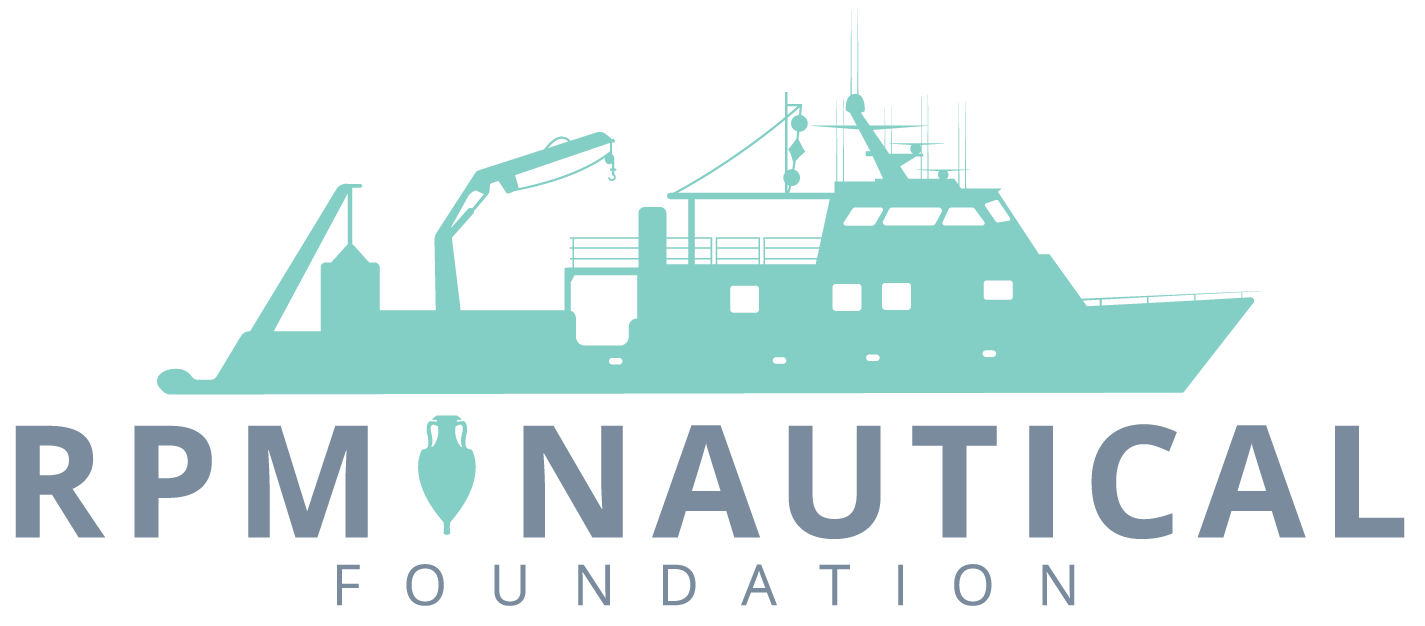The Archaeology of Three Wrecks from Turkey
During surveys in the Rhodian Straits in 2005–06, the staff of the RPM Nautical Foundation discovered three deepwater wrecks which reflect elements of the transition from late medieval to early modern seafaring. The assemblages, and their plotting on site-plans generated from photographic evidence, point to the finding of a small oared warship equipped with wrought-iron carriage- and swivel-guns, a small coasting vessel armed with wrought-iron swivel-guns, and a larger merchantman equipped with cast-iron carriage-guns. While the features of the smaller vessels do not identify their country of origin, those of the larger merchantman have good parallels with known English wrecks.
Winds blowing down from Rodos channel strike with great force here and thus immediately after sighting this mountain, one should proceed at a distance of thirty or forty miles from the shore (Piri Reis, Kitab-ı Bahriye, in Ökte, 1988, vol. 2: 525).
During the summers of 2005 and 2006, RPM Nautical Foundation (RPMNF) conducted a survey along the Bozburun Peninsula of south-western Turkey, on the Turkish side of the Straits of Rhodes. With the generous permission and active co-operation of the Turkish Ministry of Culture and Tourism and the Department of Underwater Archaeology, the survey resulted in the discovery of 14 wreck-sites, of which five are from the modern era. Of the nine historic wrecks, three date to the transitional period from late medieval to early modern, c.1450– 1600. Moreover, all three wrecks were probably equipped for combat, given the weapons found at each site. To find a high percentage of armed vessels from a narrow historical period clustered along the same stretch of Turkish coastline within the Rhodian Straits invites an analysis of the coastal geography and strategic context of those Straits, as well as the specific nature and assemblage of each site. Although two of the wreck-sites (TK05–AB and TK05–AH) have been previously reported, and the third (TK06–AD) described in a preliminary report (Royal, 2006; 2008a), it is appropriate, for a variety of reasons, to offer scholars a review of the first two wrecks, together with new comparative material, and a full description of the third, as the extensive assemblage of site TK06–AD has not yet been published systematically. The clustering of the three vessels in space and time is significant. The similarities and differences in their assemblages, especially as regards guns and anchors, are notable. The reactions of other scholars to those notices have led to a detailed re-examination of the evidence and a wider exploration of relevant parallels.
Methodology
The survey was conducted by two of RPMNF’s research vessels, the 33-m Hercules and the 9-m Juno. Each vessel has a multi-beam echo-sounder: the system on the Hercules was effective for archaeological survey to a depth of 120 m, while that on the Juno was effective to 45 m. Accordingly, the Juno covered areas from the coastline to the 45-m contour, and the Herculesthe area between the 40- and 100-m contours. The designed overlap between each vessel’s coverage ensured that no gaps occurred when merging the two data-sets. Extending from shore roughly to the 80-m contour, the point reached within the time limits of the survey, the entire survey encompassed an area measuring c.140 km2 . The system used on the Juno featured a side-mounted Reson Seabat 8125 multi-beam echo-sounder. This single-head unit emits 240 beams at a maximum rate of 40 per second, operates on a frequency of 455 kHz, and has a swath coverage of 120°. At depths up to 45 m, the data has a resolution of a few centimetres. Remote sensing with the Hercules was conducted with a hull-mounted multi-beam echo-sounder, model type EM3002D from Kongsberg Maritime division. This employs two transducer heads fixed to the underside of the research vessel, emitting upwards of 500 beams at a maximum rate of 40 per second. Its multiple frequencies (293, 300, and 307 kHz), and ability to control angular coverage dynamically, result in a practical depth resolution of 10 cm. After multi-beam data was collected and processed, it was reviewed as three-dimensional models which allow the visualization and editing of each individual beam. Likely anomalies were examined in this manner and assessed for either association with geological formations or characteristics consistent with shipwreck sites. Those meeting the latter criteria were plotted on an electronic chart, which made it possible to navigate both the research vessel and an ROV equipped with a transponder to each anomaly.
During verification, the forward-scanning sonar fixed to the ROV facilitated locating anomalies, and also examined for random objects in the area surrounding an anomaly or site. After locating an anomaly, the staff conducted a visual investigation, using the ROV’s video camera. Although the sites lie below a safe depth for air diving, careful video and still photography allowed the drafting of preliminary site-plans. Furthermore, the visual documentation permitted identification of individual objects, once any light sediment covering the objects was dusted away. As the Turkish Ministry of Culture had made no provision for the removal of artifacts, and the local museums had not determined where to store retrieved objects, the RPMNF team raised no artifacts from the sites.


 HMS Volage Discovery
HMS Volage Discovery